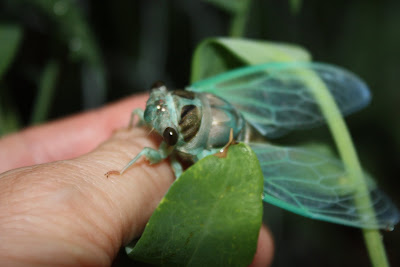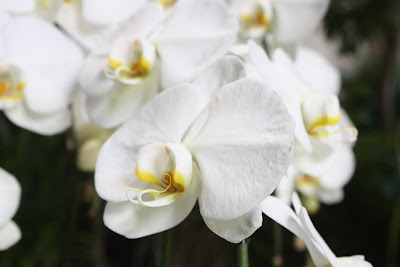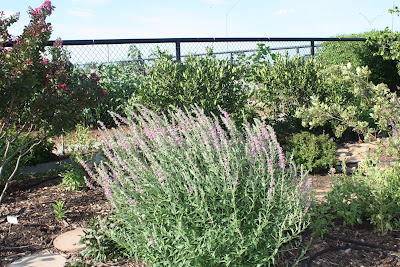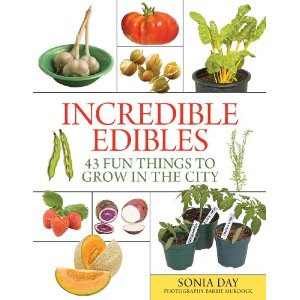The Tulsa Herb Society welcomes Crescent Dragonwagon to Tulsa Tulsa Garden Center, 2435 S. Peoria Ave., Tulsa, OK July 12th from 7:00 to 8:30 pm. Crescent Dragonwagon, Ellen Zolotow is a writer, teacher, and performer who works in the literary, culinary and dramatic arts and the author of more than fifty books. Presentation "Food, Shelter, Story: The World comes to us by Plate and Word" Crescent Dragonwagon Food, Shelter, Story: The World comes to us by Plate and Word: The last two decades have seen a deepening and genre-blending of culinary writing, which reflects our growing understanding that food always, has something to say. Its languages are not just personal but historical, ecological, political, national, regional, economic, cultural, spiritual. What, how, where, why, and when do we eat? How does our food come to us? Though eating may appear to be a matter of satiating hunger while giving us sensual pleasure and nourishment, it's complex, tying us to the world a














